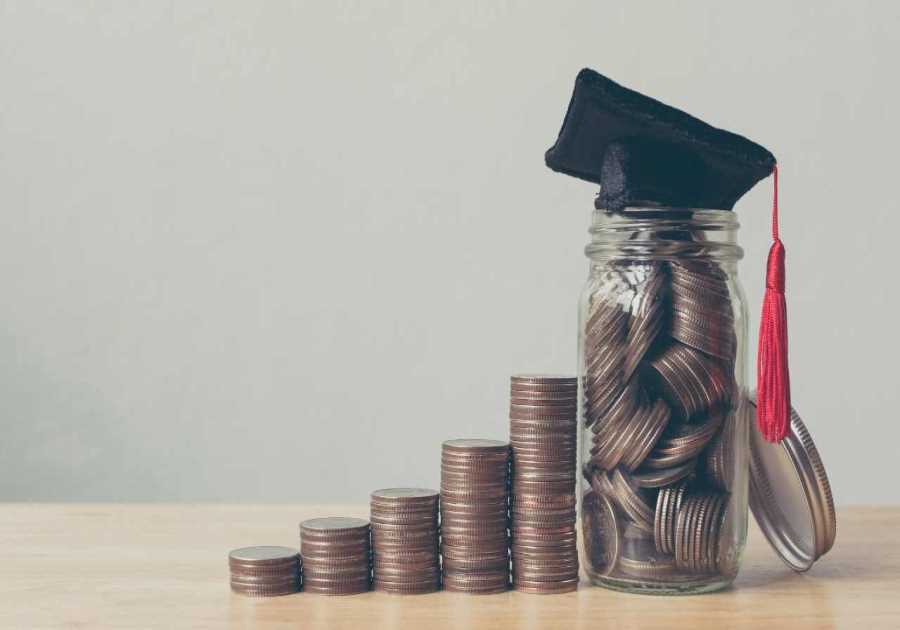Jakub Porzycki/NurPhoto/Getty Images
- US debt will become unsustainable in roughly 20 years if it doesn't change course, a Penn Wharton Budget Model determined.
- After that, no amount of tax hikes or spending cuts could prevent default "whether explicitly or implicitly."
- An implicit default would include debt monetization that produces significant inflation.
The US has roughly 20 years to change course on the size of its debt, or else a default of some form will be unavoidable, a Penn Wharton Budget Model recently determined.
Analysts looked at the $26.3 trillion of US debt held by the public, which excludes money the federal government owes itself in the overall outstanding debt total of $33 trillion.
"Under current policy, the United States has about 20 years for corrective action after which no amount of future tax increases or spending cuts could avoid the government defaulting on its debt whether explicitly or implicitly (i.e., debt monetization producing significant inflation)," the report said. "Unlike technical defaults where payments are merely delayed, this default would be much larger and would reverberate across the US and world economies."
The 20-year timeline is actually on the optimistic side because it includes a future fiscal policy that will stabilize the debt. For now, PWBM's approach found that US debt cannot surpass 200% of GDP if the worst is to be avoided. Right now, it's at about 98%.
But a more plausible red line is closer to 175%, and even that assumes financial markets believe the government will implement fiscal policy corrections, authors Jagadeesh Gokhale and Kent Smetters wrote.
"Once financial markets believe otherwise, financial markets can unravel at smaller debt-GDP ratios," they warned.
This is as bond yields will have to continuously rise in order to attract buyers of government debt, the analysts said.
Yields have already soared this year as Treasury bonds have collapsed so much, they now rank among the worst crashes in market history.
As these borrowing costs increase, that pushes debt further up, and the cycle continues — eventually, interest rates would reach such a high that the debt would unravel.
If borrowers realize this, they will demand higher interest rates earlier, as a premium for the risk of default. This would cause the downward spiral to occur ahead of PWBM's 20-year timeframe.
Solutions to forego this include tax hikes, and a cut on federal spending, but this has to happen ahead of time.
With interest rates rising over the past year, the debt ratio has become an increasing concern for both policymakers and investors alike. Net interest payments on the debt will soon surpass the government's defense spending, and are estimated to become the biggest single federal expenditure by 2051.
PWBM points out that debt projections have been growing more extreme with time, as faster-than-expected rises in entitlement spending, such as on Social Security or Medicare, have eclipsed previous estimates. Added to that, US debt has become less consistent with policy changes.
"Put differently, US debt is on a secular upward path and past projections have, if anything, underestimated that increase, regardless of the reason," they wrote.
Read More
By: [email protected] (Filip De Mott)
Title: US debt will become unsustainable and trigger default in about 20 years, if it stays on current path
Sourced From: markets.businessinsider.com/news/bonds/us-debt-crisis-gdp-ratio-unsustainable-default-treasury-bond-crash-2023-10
Published Date: Mon, 09 Oct 2023 18:37:26 +0000
Did you miss our previous article...
https://trendinginbusiness.business/business/rep-lauren-boebert-is-officially-divorced-after-tense-hearing-where-the-congresswoman-rejected-a-judges-plan-for-1800-a-month-child-support
.png)





